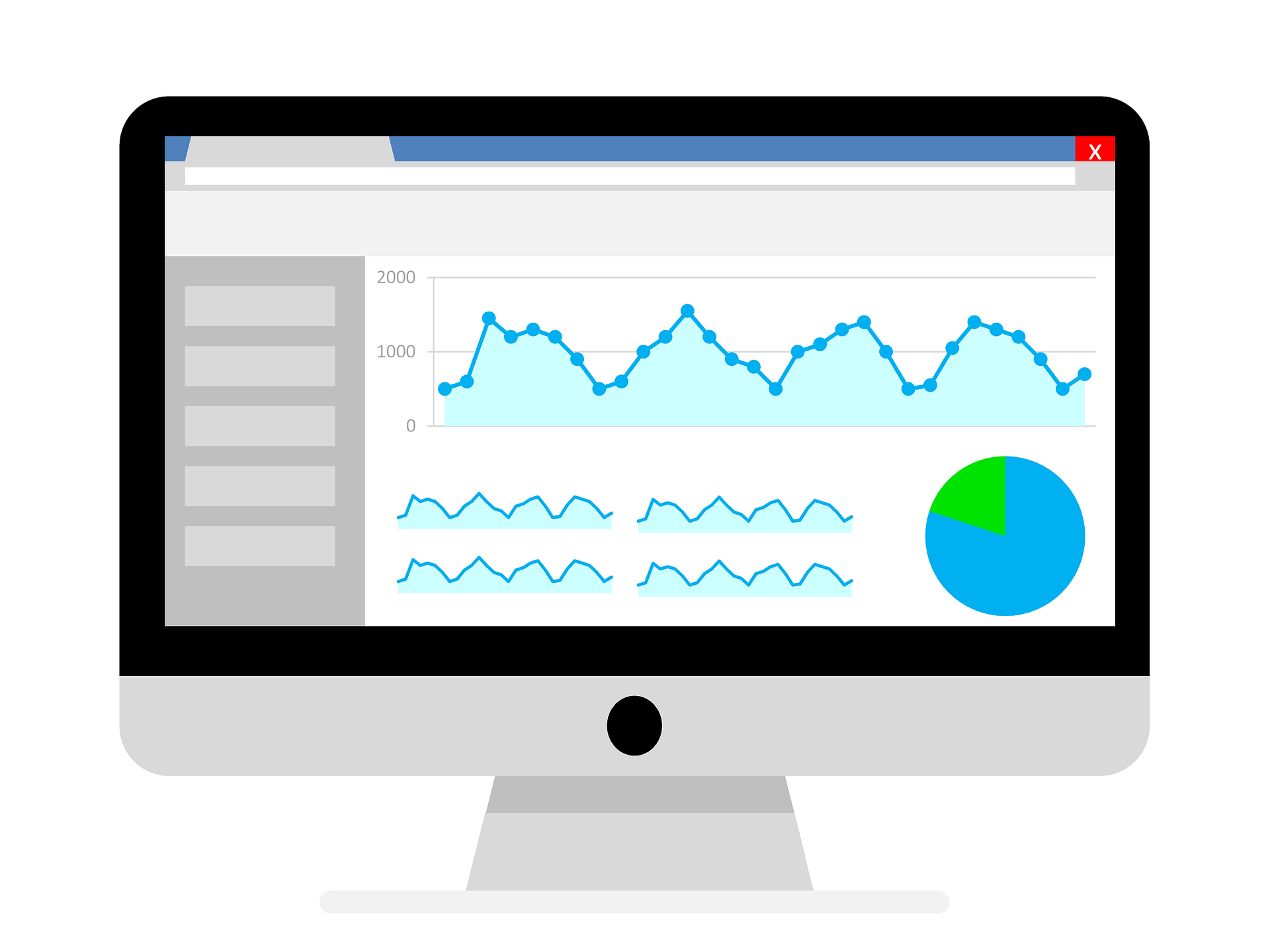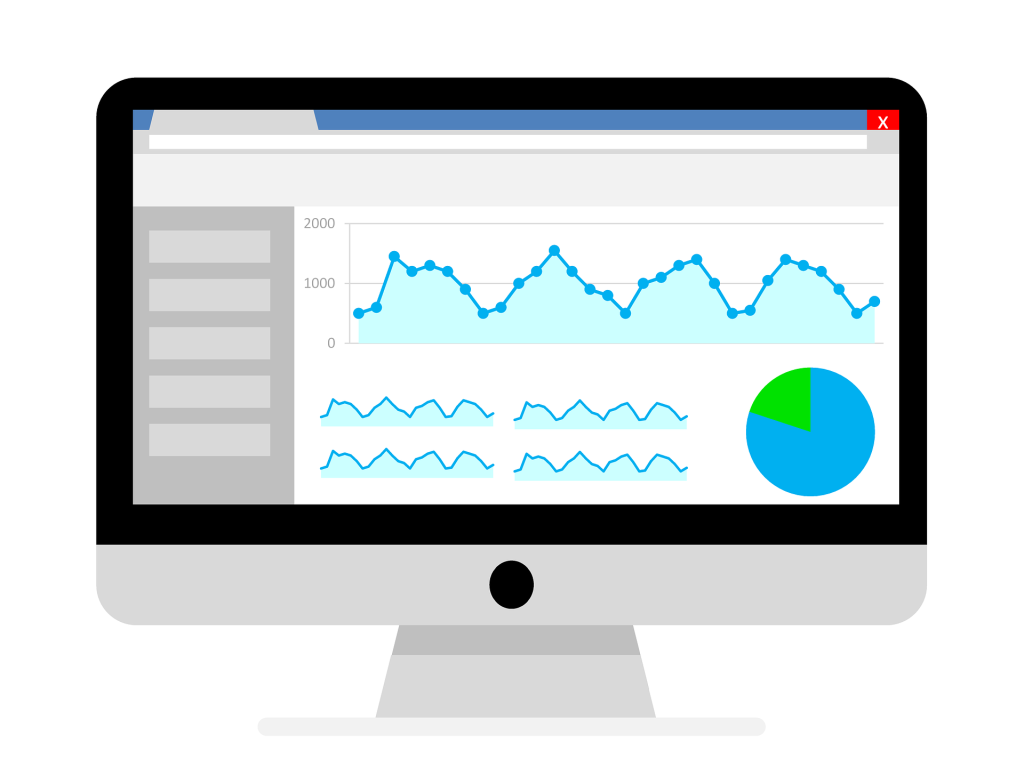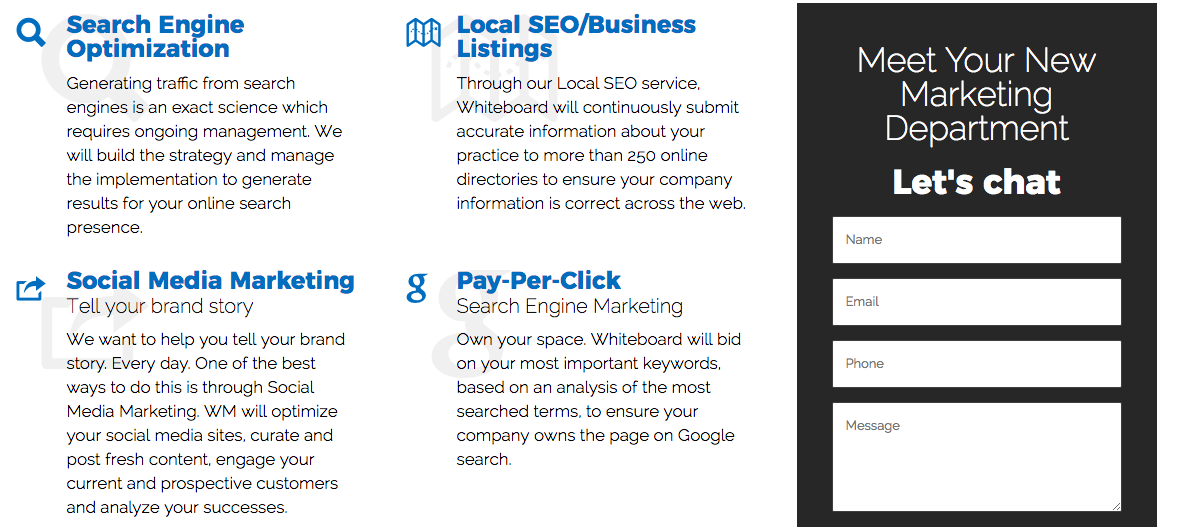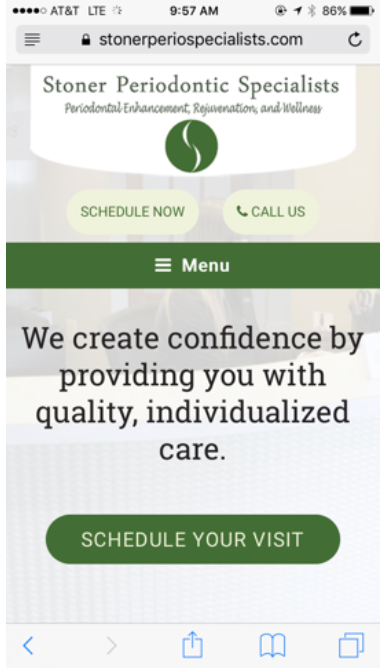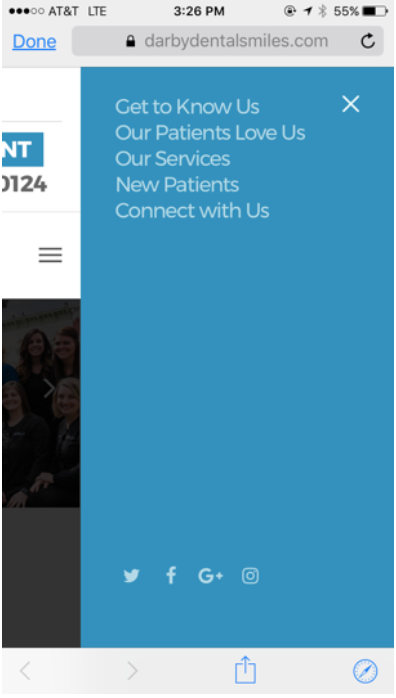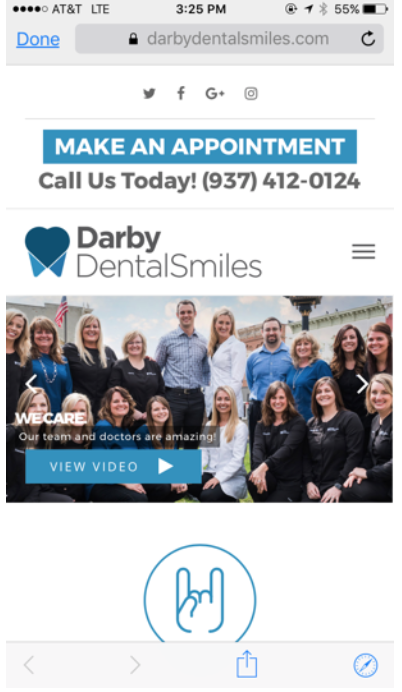Website design today is more visual and streamlined than ever before. It is also more complicated and strategic from a design and optimization standpoint. Essentially, we build websites that are created to look like we didn’t design them too much. We work hard to make it look simple.
When designing a new website or updating your current one, many factors need to be considered, including how it reflects your company’s brand identity, how it will appear in Google search, how it will appear to your customers or clients and what it will do for sales.
How do you simplify the design process and achieve your goals? We have outlined four key goals to keep in mind when building or updating your website.
- Design your website for your clients
- Build your website for Mobile Search
- Construct your website the way Google sees it
- Write content for your clients and Google
Design Your Website with Your Clients in Mind
Over half of all website viewers spend less than 15 seconds on your website. So, you have about that amount of time to get your prospective clients to do just what you want them to do. How do you do that in only 15 seconds?
Identify one or two things you absolutely want prospective clients to do on your website:
- Call to schedule?
- Buy?
- Schedule online?
- Click on a sale or promo you are running?
These goals may change over time, so just make sure you update your website to reflect your priorities.
Then, keep these eight things in mind when designing your website for your clients.
- Make sure your 15-second goals are highlighted “above the fold” so viewers see them immediately.
- Add your contact information to every page of your website and make contacting your company (call, schedule, etc.) easy to do
- Add a call-to-action (CTA) prominently above the fold and on every page. Give clients multiple opportunities and options to do what you want them to do – call you, order, buy, schedule.
- Keep your navigation buttons simple and easy. Too many navigation options will confuse visitors to your website.
- Add your map location to your website home page and on your contact page. We actually recommend embedding your Google map into your website footer so it appears on every page.
- Add images that reflect your brand. If you can, stay away from stock photography.
- Add client reviews to your website to allow prospective clients a deeper look into your customer service abilities.
- Write copy that speaks to your clients and potential new clients. Keep your industry lingo to a minimum and write the way your customers are searching.
Build Your Website for Mobile Search
Google has outlined an outstanding list of the best components for a mobile website. Here are our favorites:
Keep your calls to action front-and-center.
Keep your navigation menu short and easy to read.
Add a search window for easier navigation. Google says that mobile website visitors want to search a site on their own terms.
Make it easy to return “home.” Mobile visitors want to return to the homepage easily.
Construct Your Website the Way Google Sees It
Design and maintain your website the way Google sees your site during a search. Search engine optimization ensures that users searching for your service or product will find your website. Below are 13 really simple things you can include in your website design process.
Mention keywords where they matter most.
Add your keywords in your website title, domain name, description, tagline, keywords, blog categories, page titles and page content.
Link to internal pages on your site.
Use page URL structure that includes keywords
Make sure your page speed is as fast as possible
Page load times are key for rankings. “Shrink” music players, large images, flash graphics, videos and remove unnecessary plugins.
Name your images and videos
Google may not look at your images, but it will crawl every piece of content on your website, including your image and video names.
Update your website frequently with new content
Add a blog to your website and blog weekly
Write content like a real person thinks (hygiene vs. cleanings)
Make sure your website is indexed by search engines
Optimize your Local SEO by ensuring your Name, Address, and Phone Number match across all citations, the most important being your Google Business Profile
Link to other websites with relevant content
Have other websites link to your website.
Keep your domain name.
The age of your URL is a key factor for site search and rank.
Change it only when you are changing your practice name, etc.
